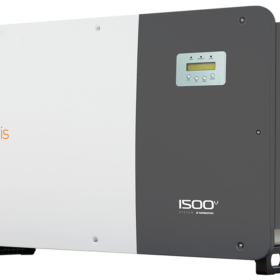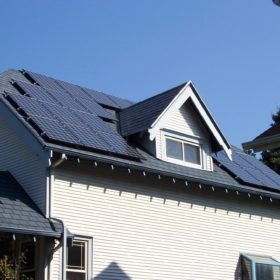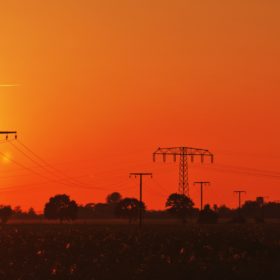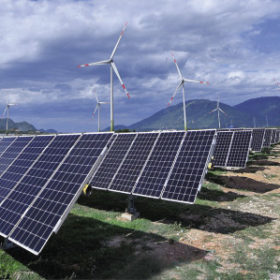Ginlong unveils 255 kW string inverter
The manufacturer says its new device is the highest-powered string inverter available. The Solis-255K-EHV, three-phase product has a reported efficiency of 99% – and a European efficiency of 98.8%.
Efficient rooftop solar+storage without MPPT
A German research group is trying to determine whether the combination of solar and storage with direct coupling and without the aid of maximum power point tracking (MPPT) electronics is feasible. According to its findings, this particular configuration might be efficient, but it will likely require special panels and batteries.
IBC back-contact solar roof for electric vehicles
Dutch EV start-up Lightyear is already producing prototype roofs to extend the range of its Lightyear One solar car. The roofs will feature interdigitated back contact solar cells made by U.S. company SunPower and backsheets from Dutch multinational DSM.
Mitigating shading in PV modules with new reconfiguration technique
Scientists in India are seeking to mitigate partial shading with a technique based on the Lo Shu nine-square grid of ancient Chinese mathematical tradition. Their approach features the ‘magic grid’ also used in popular sudoku puzzles, as a guide for reconfiguring arrays.
Reducing total harmonic distortion with adaptive filters
A Malaysian study has compared the techniques used to reduce total harmonic distortion caused by PV systems. The paper, which considers the benefits and drawbacks of the approaches studied, suggests the use of adaptive filters.
A new converter topology for hybrid wind-solar
A researcher has proposed a new approach to apply maximum power point tracking techniques to optimize electricity production in wind-solar power projects. The permanent magnetic synchronous generator hybrid model used in the study is based on a multi-input rectifier stage which is said to be able to eradicate current harmonics and eliminate the need for extra input filters.
Canadian researchers have done the math on optimizing PV output
Mathematicians at Canada’s University of Waterloo who turned their attention to solar power have developed an algorithm they say offers better control over PV plant output. The researchers estimate the algorithm could improve the output of a 100 MW power plant by almost a million kilowatt-hours per year.







